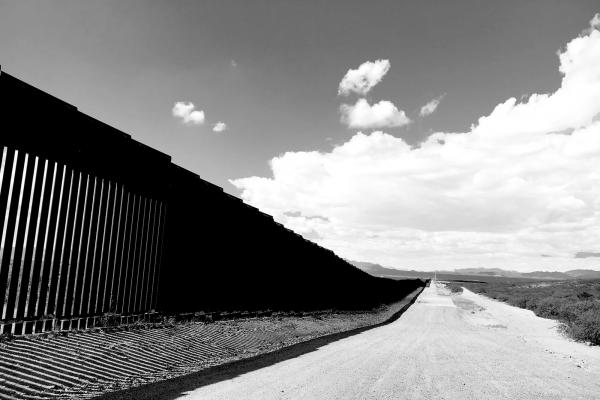IN DOUGLAS, ARIZ., in the shadow of the U.S.-Mexico border wall, a cemetery stretches across the desert. Between the orderly rows of gravestones, I notice clusters of cement blocks lodged in the sand with the same word etched into their flat surfaces: Unidentified. “Unidentified Female,” “Unidentified Male,” carved into the center of the tablet, along with a date: “Found Aug. 9, 2004.” “Found Dec. 31, 2005.” “Found Jan. 18, 2009.” “Found Feb. 12, 2009.”
A Mennonite activist whispers over my shoulder, explaining that the date marks when the remains were found in the borderland wilderness—a corpse in decomposition, a skeleton bleached in the sun, perhaps only a skull or a set of teeth.
Read the Full Article

